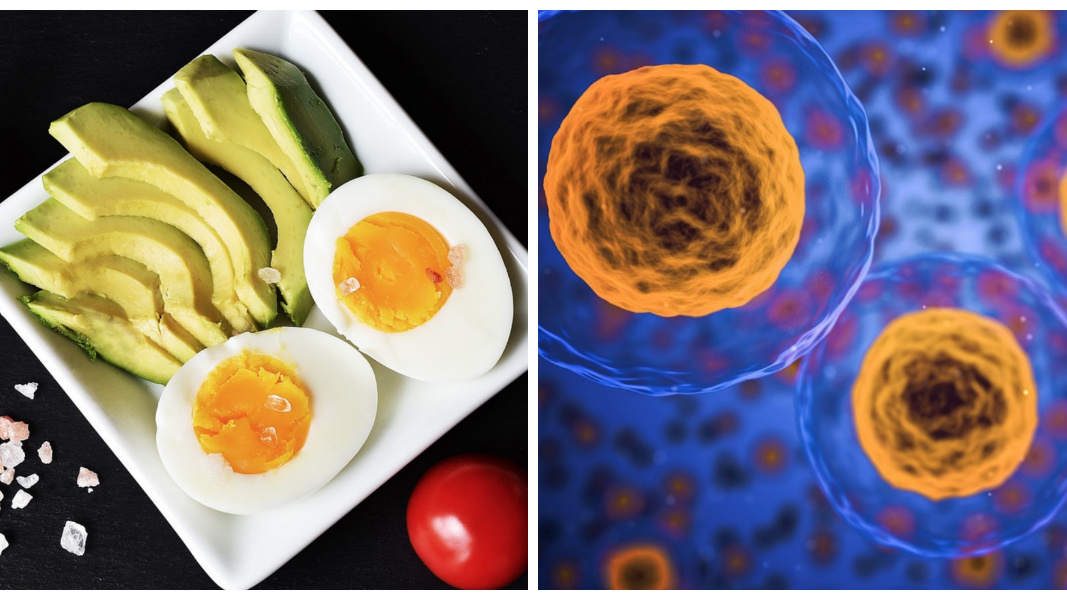Why cauliflower is perfect for the keto diet

Purple cauliflower. (Photo: Shutterstock)
- The cauliflower is a vegetable of choice if you’re on the keto diet.
- The plant is low in carbs and can replace potatoes, rice and pasta.
- It can be eaten both raw and cooked for different benefits.
Of all the ubiquitous diet trends, the keto diet is probably the one with the most current buzz. While the long-term health benefits of this low-carb approach are debatable, keto has thrust one vegetable into the spotlight. Welcome to the age of the cauliflower.
What’s made the cauliflower, the bane of kids everywhere, experience such a burst in popularity? The keto (or ketogenic) diet calls for getting rid of high-carb foods in favor of fatty foods rich in protein. The goal is to get your body into a state of ketosis, where it will burn fat for fuel instead of sugar. The short-term weight loss that ensues has been the reason for the diet’s growing amount of followers.
The biggest reason for cauliflower’s resurgence? It is very versatile and has only 3 grams of net carbs (from 5 grams of carbs) per a 100-gram cup. That makes it an excellent low-carb vegetable substitute in many recipes that call for things like potatoes, rice or pasta.
What’s also great about this under-utilized veggie is that a cup of cauliflower would have only 25 calories while giving you 77% of the daily allowance of vitamin C and high levels of vitamin K and B6. It also contains omega-3 fatty acids, fiber, choline, biotin, phosphorus, magnesium, manganese, niacin, pantothenic acid, vitamin B1, B2 and protein. You can search its full nutritional values in this expansive USDA report. Suffice to say, the cauliflower is chock-full of nutritional goodies.
This plant, which has its origins in Cyprus and the Asia Minor region, with first historical mentions going to back to around 600 B.C., has also been found to have anti-carcinogenic properties.

So what can you do with cauliflower ? You can cook it in a variety of ways: sautéing, roasting, steaming, you name it. Interestingly, a case can be made both for eating it raw and cooked. For one, the organic compound indole, which helps kill precancerous cells, is formed when the cauliflower is cooked. Another reason why cooking may be the way with this veggie, besides making it taste better, is that it’s more likely to cause gas, bloating and other gastrointestinal distress in its raw form. On the other hand, fresh cauliflower has up to 30% more nutrients and antioxidants, says Dr. Marlynn Wei.
Check out this plethora of cauliflower recipes for those on the keto diet. Keep in mind, research shows that it’s not a diet that is beneficial over the long term. No more than three months of ketogenic dieting is about the length to aim for.





